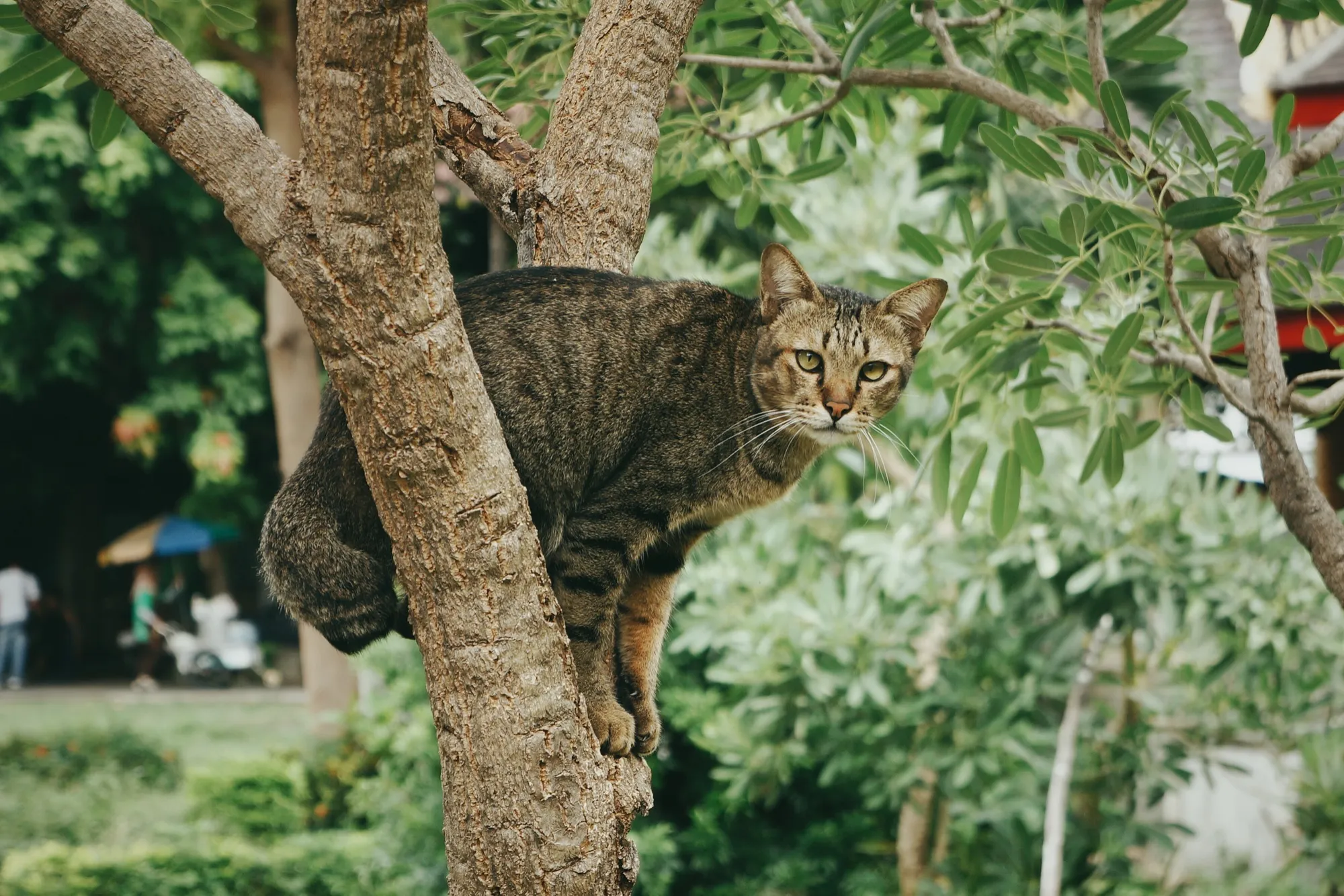Introduction
In recent years, the increasing trend of feral cat populations, particularly in the Australian environment, has demanded management through trapping protocols. While these activities aim to control the feral cat populations, they impose a significant welfare cost to non-target wildlife caught in the process. A 2020 study published in Animals, an open-access journal from MDPI (DOI: 10.3390/ani9050217), highlights the implications of soft-catch leg-hold trapping and suggests measures to minimize by-catch and consequent injuries.
The welfare impact produced by trapping feral cats extends beyond the targeted species. Chantal C. Surtees and her colleagues documented their investigations across six Western Australian sites from 1997 to 2015, recording 431 non-target captures, including 232 individuals spanning native mammals, birds, and reptiles. Their findings have drawn attention to the substantial ethical concerns when inadvertent by-catch includes threatened species.
Birds were notably more prone to severe injuries in these traps, emphasizing the vulnerability of specific groups within the non-target by-catch. This leads us to question the ethical implications of current trapping methods and how they might be amended to reduce harm to non-targeted fauna.
The study reveals correlations between the use of olfactory lures, animal size, climate, and landscape in terms of by-catch variety and injury likelihood. Larger individuals within other vertebrate groups seemed to incur fewer injuries – a finding that could inform future trap settings. The evidence supports the pursuit of innovative solutions, such as immediate capture alerts, to further minimize the welfare costs of trapping.
Based on the reported research, the authors advocate for an analysis of by-catch welfare data to refine best practices in trapping protocols. The goal is to continually improve methodologies that align with the ethical treatment of all wildlife. Among the considerations are trap placement, use of olfactory lures, and trap setting specifics like treadle pressure.
Turning to the academic literature, several studies shed light on the ecological and welfare ramifications caused by the proliferation of feral cats and by-catch issues. Papers by Nogales et al. (2004, 2009), Bonnaud et al. (2011), and Doherty et al. (2016) provide extensive overviews of feral cat impacts on islands and propose the need for additional research. Risbey et al.’s (2000) and Moseby et al.’s (2009) studies illustrate the broad influence of invasive predators, like cats, on indigenous animal populations.
Despite the challenges, alternative humane trapping devices and methodologies show promise for reducing non-targeted wildlife injuries, as explored by Fleming et al. (1998) and Meek et al. (1995). Additionally, the Animal Welfare Act 1993 provides a legal framework dictating the humane treatment of animals, including those captured during trapping initiatives. These documents underscore the necessity for improved trapping techniques that are humane, selective, and efficient.
Yet, theoretical solutions must manifest in practical applications. Earle et al. (2003) and Kamler et al. (2008) provide evidence for the reduced injury risk when soft-catch traps are utilized. Research into trap tension devices (Turkowski et al. 1984, Linhart et al. 1986) and attractions (Moseby et al. 2004, Banks et al. 2002) highlights potential ways to increase selectivity and reduce injuries among non-target species.
Conclusions and Recommendations
Trapping is a necessary evil in the management of invasive species such as feral cats. However, the moral obligation to preserve and protect native fauna cannot be overstated. Surtees et al.’s investigation (2019) into non-target by-catch has been pivotal in propelling the conversation forward, promoting ethical practices, and seeking innovation in this field.
The challenge now lies in balancing effective feral cat management with the reduction of collateral damage to non-target species. Future research and practical implementations must continue to enhance capture techniques, prioritizing wildlife welfare. Collaboration between scientists, conservationists, and policymakers is crucial to ensure ongoing improvements to trap technologies and monitoring systems.
References
1. Surtees, C. C., Calver, M. C., & Mawson, P. R. (2019). Measuring the Welfare Impact of Soft-Catch Leg-Hold Trapping for Feral Cats on Non-Target By-Catch. Animals : an Open Access Journal from MDPI, 9(5), 217. https://doi.org/10.3390/ani9050217
2. Nogales, M., Martín, A., Tershy, B. R., Donlan, C. J., Veitch, D., Puerta, N., Wood, B., Alonso, J. (2004). A Review of Feral Cat Eradication on Islands. Conservation Biology, 18, 310–319. https://doi.org/10.1111/j.1523-1739.2004.00442.x
3. Bonnaud, E., Medina, F. M., Vidal, E., Nogales, M., Tershy, B., Zavaleta, E., et al. (2011). The Diet of Feral Cats on Islands: A Review and a Call for More Studies. Biological Invasions, 13, 581–603. https://doi.org/10.1007/s10530-010-9851-3
4. Risbey, D. A., Calver, M. C., Short, J., Bradley, J. S., Wright, I. W. (2000). The Impact of Cats and Foxes on the Small Vertebrate Fauna of Heirisson Prong, Western Australia. II. A field experiment. Wildlife Research, 27, 223–235. https://doi.org/10.1071/WR98092
5. Moseby, K. E., Hill, B. M., Read, J. L. (2009). Arid Recovery—A Comparison of Reptile and Small Mammal Populations Inside and Outside a Large Rabbit, Cat and Fox-Proof Exclosure in Arid South Australia. Austral Ecology, 34, 156–169. https://doi.org/10.1111/j.1442-9993.2008.01916.x
Keywords
1. Feral Cat Trapping
2. Wildlife Welfare Impact
3. Non-Target By-Catch
4. Ethical Animal Trapping
5. Trapping Innovations and Ethics
